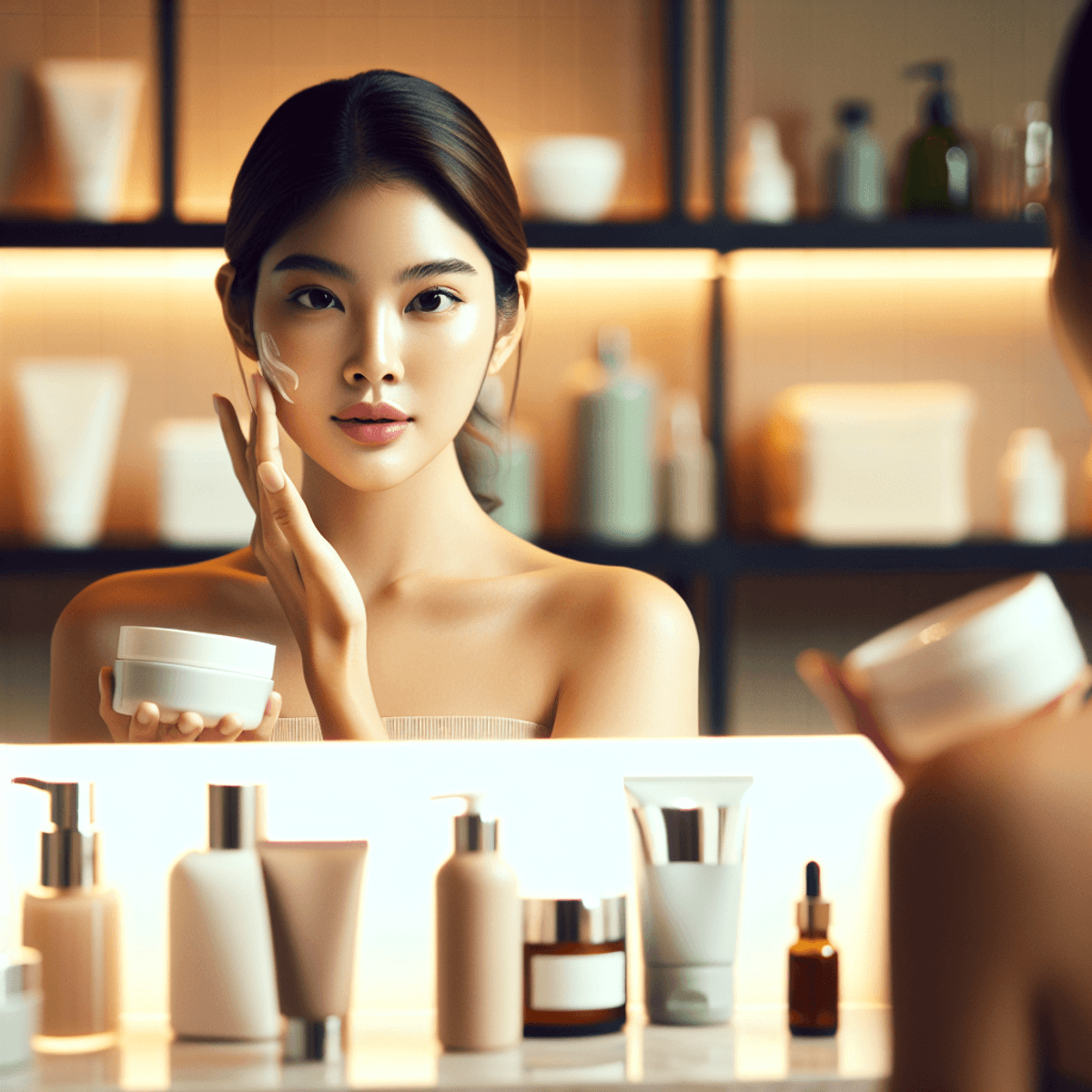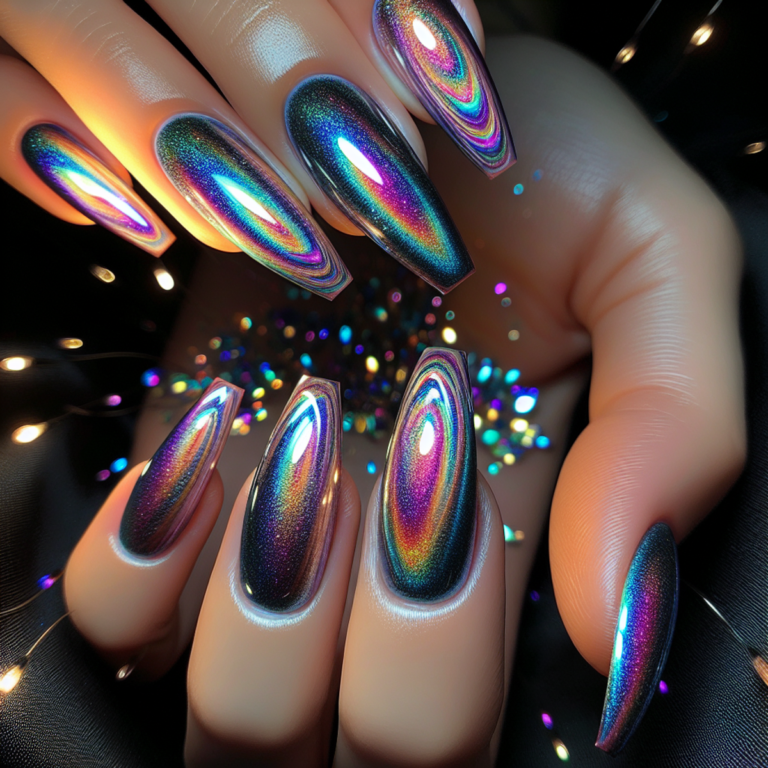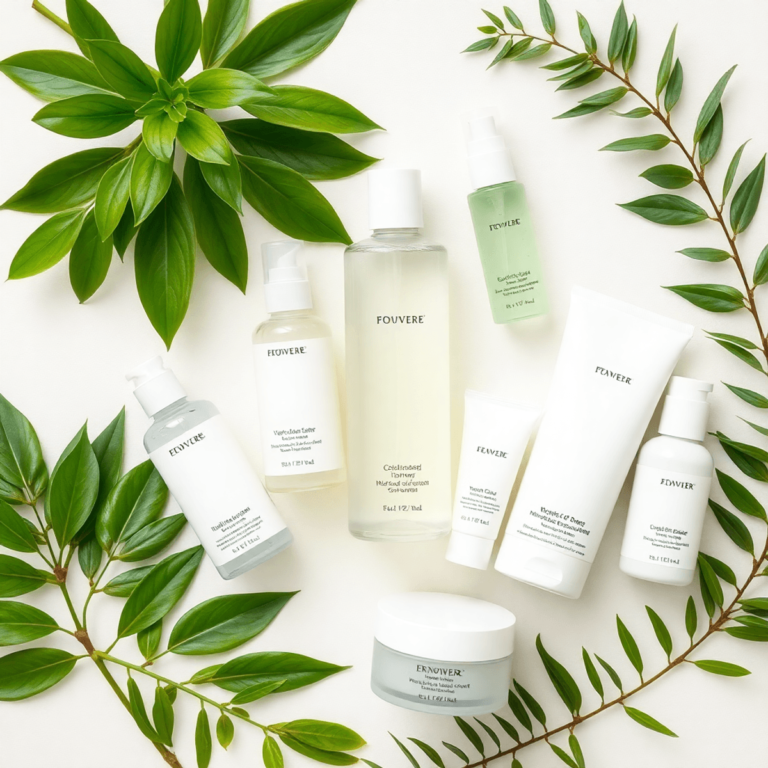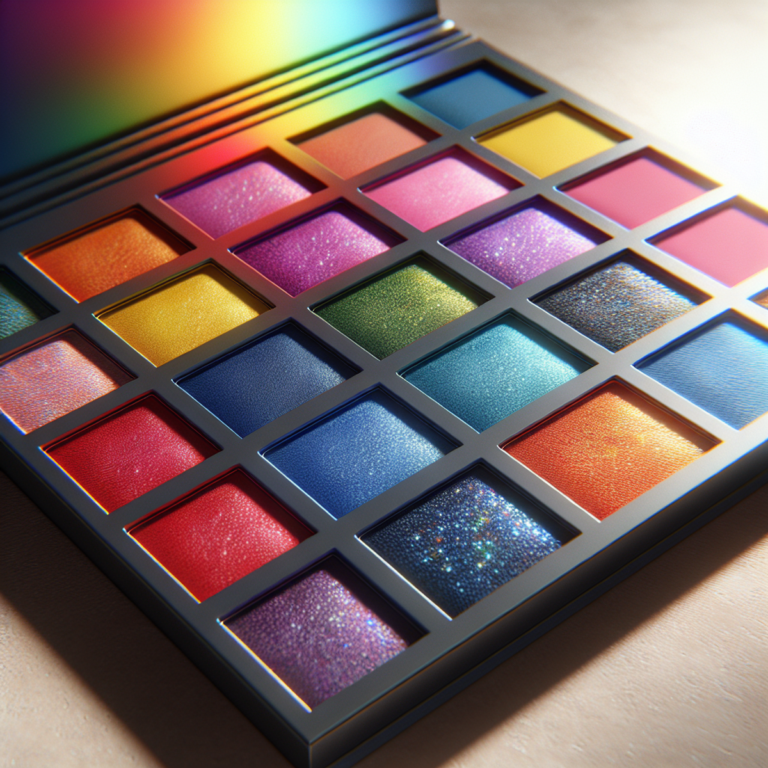Acne: Tips for managing

Introduction
Acne is a common inflammatory skin condition that affects millions of people worldwide. It usually starts during the teenage years, with about 85% of people aged 12 to 24 experiencing some form of this skin problem. Acne appears as different types of blemishes like blackheads, whiteheads, and cystic pimples caused by blocked hair follicles due to oil, dead skin cells, and bacteria.
While acne’s physical effects are often visible, its psychological impact can be significant too. It can lower self-esteem and even lead to depression in severe cases. Understanding how to get rid of bumps on the forehead or how to get rid of zits fast becomes crucial for those dealing with this condition. Effective acne management not only addresses these physical symptoms but also eases the emotional distress associated with them.
To achieve clearer skin, a comprehensive approach is needed that includes practical home remedies and professional treatments. Whether you’re looking for pimple treatment at home or want to know how to remove pimple scars, using the right methods can improve both your skin health and mental well-being. Focusing on proper care ensures that individuals not only learn how to get rid of spots but also how to prevent future breakouts, enhancing their overall quality of life.
Understanding Acne
Acne is a complex skin condition mainly caused by hormonal changes and excess oil production. During puberty or pregnancy, hormones like androgens increase, causing sebaceous glands to enlarge. These glands produce more sebum, or skin oil, which can block hair follicles. When combined with dead skin cells and bacteria, this leads to acne breakouts.
Types of Acne Lesions
1. Blackheads (Open Comedones)
Blackheads happen when pores are blocked with too much oil and dead skin cells but stay open. The surface looks dark because of oxidation.
2. Whiteheads (Closed Comedones)
Unlike blackheads, whiteheads form when the pore is completely blocked, trapping the material inside without exposure to air.
3. Papules
These are small red bumps that arise from inflammation in the hair follicles. They may be tender to the touch.
4. Pustules
Often called pimples, pustules are similar to papules but contain pus at their tips. This pus results from a buildup of white blood cells.
5. Nodules and Cysts
These severe forms of acne develop deeper within the skin. Nodules are solid, painful lumps; cysts are pus-filled and can lead to scarring.
Each type requires different treatment approaches. While you might wonder how to get rid of pimples fast, it’s crucial to understand that not all treatments deliver instant results. For example, topical treatments might take time to address under-the-skin pimples effectively.
For those seeking quick pimple remedies or advice on how to get rid of pimples on forehead, maintaining a consistent skincare routine is key. To tackle specific concerns like how to remove dark spots caused by pimples, consider options such as chemical exfoliants or lightening agents that gradually reduce marks over time.
Understanding these facets helps navigate pimple treatment choices effectively, whether aiming for overnight solutions or long-term strategies like how to reduce pimples sustainably.
Practical Tips for Managing Acne at Home
Acne management begins with practical steps you can implement in your daily routine. These measures help reduce breakouts and improve skin health.
1. Gentle Cleansing
Using a gentle cleanser twice daily is crucial in maintaining clear skin. Harsh soaps or cleansers can strip the skin of its natural oils, leading to irritation and increased oil production – both of which make acne worse. Opt for a mild, fragrance-free formula that removes impurities without causing redness or dryness. This routine helps to get rid of small bumps on the face and prevent new ones from forming.
2. Choosing Non-Comedogenic Products
Selecting non-comedogenic skincare and makeup products is essential in preventing clogged pores. The term “non-comedogenic” indicates that the product is formulated to not block pores, reducing the likelihood of acne flare-ups. These products are particularly beneficial for individuals prone to acne, as they minimize the risk of new breakouts while allowing your skin to breathe. Incorporating non-comedogenic items into your regimen is an effective strategy for how to stop pimples coming on your face.
3. Avoiding Touching the Face
Constantly touching your face can transfer bacteria from your hands, leading to increased breakouts. This habit is a common cause of acne, especially on areas where hands frequently come into contact with the skin, such as the cheeks or forehead. To break this habit:
- Keep hands occupied when not necessary to touch your face.
- Regularly clean your phone screen, which often touches your face.
- Be mindful and aware of when you tend to touch your face, such as while reading or watching TV.
These strategies help reduce bacteria transfer and contribute significantly to clearer skin.
Implementing these practical tips can effectively address how to get rid of little bumps on your face and maintain healthier skin overall. By emphasizing gentle cleansing, choosing appropriate skincare products, and minimizing unnecessary contact with facial skin, you are taking proactive steps towards managing acne at home efficiently.
Lifestyle Factors in Acne Management
Maintaining a Healthy Diet
A balanced diet is key to effectively managing acne. Certain dietary choices can help reduce inflammation and promote clearer skin, making them an essential part of your acne management plan. Foods rich in antioxidants, such as fruits and vegetables, contribute to skin health by fighting oxidative stress that can worsen acne. Whole grains, lean proteins, and healthy fats like omega-3s found in fish or flaxseeds are also beneficial.
Limiting processed foods and sugars is crucial as these can trigger insulin spikes and inflammation, potentially worsening acne. For those wondering how to remove pimples naturally at home, integrating anti-inflammatory foods into your diet may offer relief over time.
Regular Hair Care Practices
Your hair care routine plays a significant role in managing facial oiliness and breakouts. Hair can transfer oils and dirt to the face, contributing to clogged pores. This makes regular washing essential, especially if you have longer hair that comes into contact with your face frequently.
When considering how to treat pimples or how to get rid of tiny bumps on the face quickly, keeping hair clean is often overlooked but vital. Opt for shampoos and conditioners that suit your scalp type while avoiding products that leave heavy residues.
Keeping hair off your face using clips or tying it back ensures fewer opportunities for oils to transfer onto the skin. This simple step can be particularly helpful if you’re dealing with persistent breakouts or trying to figure out how to cure pimples effectively.
By incorporating these lifestyle adjustments—dietary choices and consistent hair care—you empower yourself with additional tools for managing acne more efficiently. These practical habits complement other skincare measures, paving the way toward healthier skin.
Skincare Routine for Acne-Prone Skin
Having a structured skincare routine after exercising can really help keep your skin clear. It’s important to cleanse your face after any physical activity to stop sweat and oil from blocking your pores. This is because sweat mixed with dirt and bacteria can cause acne, so make sure to wash your face right away. Use a gentle cleanser that effectively removes impurities without causing irritation.
Key Practices to Prevent Pimples
There are several key practices to prevent pimples:
- Regularly cleanse your face at home to stop pimples from developing.
- If you’re dealing with blind pimples, try applying warm compresses to help them come to the surface for better treatment.
- For sudden breakouts on your face, consider using spot treatments containing benzoyl peroxide or salicylic acid to quickly reduce inflammation.
How to Remove Pimples Permanently
If you’re wondering how to remove pimples permanently, it’s crucial to maintain a consistent skincare regimen. This includes using products that won’t clog your pores (non-comedogenic) and avoiding heavy makeup during flare-ups.
For specific concerns like vaginal pimples, it’s best to use gentle cleansers and wear breathable fabrics to minimize irritation and sweating in that area.
To make pimples go away faster, avoid picking or squeezing them as this can worsen inflammation and lead to scarring. By adopting these routines, you’ll not only clear existing spots but also effectively prevent future outbreaks.
When to Seek Professional Help for Acne Treatment
Managing acne can be challenging, especially when over-the-counter treatments seem ineffective. While products aimed at treating pimples, blackheads, and blemishes often promise relief, they require time and consistency to show results. It’s common to seek quick fixes for issues like how to remove blemishes fast or how to get rid of deep pimples, but patience is key.
For persistent acne that doesn’t improve with regular home care, consulting a dermatologist becomes essential. Here are some signs indicating it’s time to seek professional advice:
1. Unresponsiveness to OTC Treatments
If your acne doesn’t improve after six to eight weeks of using topical treatments, it’s advisable to consult a dermatologist. They can prescribe stronger medications tailored to your skin’s needs.
2. Severe Acne Types
Conditions such as cystic acne or if you’re struggling with how to treat tiny bumps on face and how to get rid of pustules, may need specialized care. Dermatologists can provide targeted therapies like oral antibiotics or hormonal treatments.
3. Scarring Concerns
For those worried about potential scarring or existing scars, professionals can offer solutions like chemical peels, laser therapy, or microneedling.
4. Psychological Impact
Acne can affect self-esteem and mental health. If you find that breakouts are impacting your daily life or confidence significantly, seeking expert guidance is a positive step.
When considering how to stop getting pimples or how to get rid of bumps on arms, understanding the limitations of over-the-counter solutions is crucial. A dermatologist’s expertise can provide insights into personalized treatment plans that address your unique skin concerns.
Effective Dermatological Treatments for Acne
For those struggling with persistent acne, professional advice for acne treatment can make a significant difference. Dermatologists offer an array of effective treatments tailored to individual skin needs.
Topical Retinoids
Retinoids are derivatives of Vitamin A and are often the first line of defense against acne. These compounds work by promoting cell turnover and preventing the clogging of pores. They are especially effective in treating blackheads and whiteheads. While initial use may result in irritation or dryness, gradual introduction can minimize these effects.
Antibiotics
For inflammatory acne, antibiotics can be a game-changer. They work by reducing bacteria and inflammation on the skin surface. Options include topical antibiotics like clindamycin or oral antibiotics such as doxycycline. It’s crucial to follow your dermatologist’s guidance closely to prevent antibiotic resistance.
Hormonal Therapies
Particularly beneficial for women experiencing hormonal fluctuations, such as those during menstrual cycles, hormonal therapies help regulate androgen levels that contribute to excess oil production. Oral contraceptives and anti-androgens like spironolactone fall into this category, offering relief from persistent breakouts.
Each treatment has its unique benefits and considerations, emphasizing the importance of personalized care when seeking how to clear pimples effectively. Always consult your dermatologist for the best cream to remove pimple marks fast or strategies on how to shrink a pimple in minutes.
For specific concerns like how to get rid of spots on bum overnight or how to get rid of tiny bumps on forehead, dermatologists may recommend targeted approaches that address both the underlying causes and visible symptoms. By combining various treatments, you can achieve clear skin and confidence without compromising safety or efficacy.
Protecting Your Skin from Sun Damage while Managing Acne
Protecting your skin from sun damage is crucial, especially when managing acne. Sunscreen importance cannot be overstated, as exposure to the sun can worsen acne and lead to pigmentation issues. Selecting the right sunscreen is key to avoiding additional breakouts.
Choosing the Right Sunscreen
Here are some tips for selecting a sunscreen that works well with acne-prone skin:
- Opt for Non-Comedogenic Sunscreen: Choose sunscreens labeled as non-comedogenic. These products are designed not to clog pores, making them ideal for acne-prone skin.
- Mineral-based Formulas: Consider using mineral-based sunscreens containing zinc oxide or titanium dioxide. They are less likely to irritate sensitive skin compared to chemical sunscreens.
- Broad-Spectrum Protection: Ensure your sunscreen offers broad-spectrum protection against both UVA and UVB rays to prevent further skin damage.
Addressing Specific Acne Concerns
While managing acne, it’s also essential to address specific concerns like how to get rid of under-the-skin pimples overnight or how to remove a blackhead that won’t come out. For these issues, consistent skincare routines combined with spot treatments may be required.
When dealing with teenage pimples, natural remedies at home such as aloe vera or tea tree oil can sometimes help soothe inflamed areas.
Ultimately, integrating proper sun protection into your daily routine aids in preventing long-term skin damage and supports overall acne management efforts.
Exploring Natural Remedies for Acne Management
Home Remedies for Pimples
When it comes to battling acne naturally, several home remedies have gained popularity. These DIY treatments often use ingredients easily found in your kitchen or local grocery store and are favored for their accessibility and affordability. Here are a few notable examples:
- Tea Tree Oil: Known for its antibacterial properties, tea tree oil can help reduce inflammation and redness. Dilute with a carrier oil before applying to avoid skin irritation.
- Honey and Cinnamon Mask: Both ingredients possess anti-inflammatory and antibacterial qualities. Mixing them together into a paste can be applied as a mask to soothe inflamed areas.
- Aloe Vera Gel: Renowned for its soothing and moisturizing effects, aloe vera can assist in reducing swelling and redness associated with pimples.
- Apple Cider Vinegar: Often used as a toner, this vinegar is believed to balance skin pH and fight bacteria thanks to its acidic nature. It should be diluted with water prior to application.
Each of these remedies comes with its own set of effectiveness and safety considerations. While some individuals may experience improvement, others might find these solutions less effective or irritating. Test on a small skin area first to gauge your reaction.
Long-term Solutions for Pimple Marks and Scars
Addressing post-acne marks naturally involves patience and consistent care. Several techniques aim at fading scars over time:
- Lemon Juice: Rich in vitamin C, lemon juice is often used as a natural brightening agent to lighten dark spots left by pimples. However, it can be harsh on the skin, so always dilute it before use.
- Vitamin E Oil: This oil is celebrated for its ability to support skin healing processes. Applying it directly onto scars may help reduce their appearance over time.
- Coconut Oil: With its hydrating properties, coconut oil can aid in softening the skin’s texture, making scars less noticeable.
- Turmeric Paste: Turmeric’s anti-inflammatory properties make it an effective choice for reducing pigmentation. Mix with water or honey to form a paste before applying.
While these natural techniques offer promising outcomes for some, individual results may vary significantly based on skin type and the severity of acne scars. It’s crucial to remain patient as natural remedies tend not to deliver overnight results. Regular application over weeks or months is often necessary.
Understanding how natural pimple remedies work can empower you to take control of your skincare routine using resources that align with your preferences. Whether you’re wondering how to remove pimple marks or seeking methods on how to shrink a cystic pimple overnight, these natural options present viable paths worth exploring within the broader scope of acne management strategies.
Preventing Future Breakouts with Proactive Measures
To prevent pimples permanently, you need to take a proactive approach. This means focusing on consistent skincare and lifestyle habits that reduce the chances of new breakouts. Here are some strategies to help you maintain clear skin:
1. Consistent Skincare Routine
Establish and stick to a skincare routine specifically designed for acne-prone skin. This includes:
- Cleansing twice daily with a gentle, non-comedogenic cleanser
- Using a suitable moisturizer to keep your skin hydrated without clogging pores
2. Targeted Treatments
Incorporate products that contain active ingredients like salicylic acid or benzoyl peroxide. These ingredients target acne-causing bacteria and unclog pores. Regular use of these treatments can help keep your skin clear.
3. Avoid Excessive Touching
Repeatedly touching your face can transfer oils and bacteria, leading to breakouts. It’s crucial to avoid this habit if you want to prevent pimples on your face permanently.
4. Regular Exfoliation
Gently exfoliate once or twice a week using a product specifically designed for acne-prone skin. This helps remove dead skin cells and prevents clogged pores, reducing the occurrence of blackheads and whiteheads.
5. Clean Hair and Accessories
Keep your hair clean and away from your face to prevent oil transfer. Make sure items like hats, headbands, and pillowcases are washed regularly since they can harbor bacteria that contribute to acne.
6. Healthy Lifestyle Choices
A balanced diet rich in fruits, vegetables, and whole grains supports overall skin health. Stay hydrated and manage stress, as both factors can affect hormone levels and trigger breakouts.
By incorporating these daily habits into your routine, you can effectively stop pimples from appearing on your face permanently while also addressing related concerns like how to remove blackheads and whiteheads permanently or even tackling specific issues such as back acne.
Specific Considerations in Acne Management Based on Affected Areas
Addressing acne requires understanding that different areas of the body may need distinct approaches. Here, we delve into managing back and buttock acne, as well as facial bumps and cystic pimples, to provide you with targeted solutions.
Back and Buttock Acne Management
Body acne presents unique challenges due to the thicker skin and larger pores found in these areas. The best way to get rid of pimples on the back and buttocks involves a combination of hygiene practices and treatment options:
- Gentle Cleansing: Use a mild, non-comedogenic body wash daily to keep the skin clean without stripping it of natural oils. Salicylic acid or benzoyl peroxide-based washes can be particularly effective for targeting back pimples.
- Exfoliation: Regularly exfoliating with a gentle scrub can help remove dead skin cells that might clog pores. However, avoid over-exfoliating as this can irritate the skin.
- Loose Clothing: Opt for breathable fabrics like cotton to reduce sweat buildup and friction against the skin, both of which can exacerbate acne.
- Spot Treatments: Apply topical treatments containing ingredients such as salicylic acid or tea tree oil directly on blemishes to speed up healing.
- Professional Interventions: Consider chemical peels or laser therapy if over-the-counter solutions do not suffice. These treatments can help clear stubborn breakouts by deeply cleansing pores or reducing inflammation.
Facial Bumps and Cystic Pimples
Facial acne often includes both regular pimples and more severe cystic lesions. Understanding how to get rid of pimples on your face specifically depends on identifying their type:
- Regular Pimples: These are generally less severe and can be managed with spot treatments containing salicylic acid or benzoyl peroxide. Maintaining a consistent skincare routine with gentle cleansing is vital to prevent new breakouts.
- Cystic Pimples: These deep, painful bumps require more intensive care. Topical retinoids may help by promoting cell turnover, while oral medications like antibiotics or hormonal therapies might be necessary for severe cases.
- Avoid Picking: Resist the urge to pick at cystic pimples as this can lead to scarring. Instead, apply ice wrapped in a cloth to reduce swelling and redness.
- Consultation with Dermatologists: For persistent cystic acne, professional advice is crucial. Dermatologists might recommend cortisone injections or other specialized treatments tailored to your needs.
Exploring how to remove pimples naturally and permanently takes patience and consistency across these strategies. Each area of acne has its challenges but also opportunities for effective management when approached with informed techniques.
Conclusion
Taking a comprehensive approach to managing acne is essential for effectively dealing with this common skin issue. By using the different strategies discussed in this guide, you can take control of your skin condition. Combining gentle cleansing, using non-comedogenic products, and maintaining a healthy diet will set you on the path to clearer skin.
To address specific issues like how to get rid of little bumps on arms or how to get rid of red marks left by spots, consider targeted treatments such as pimple scar removal creams or exploring home remedies for pimples. These measures, coupled with professional advice when necessary, ensure a balanced and effective skincare regimen.
Recommended Resources and Products
- Non-Comedogenic Skincare: Brands like Cetaphil and Neutrogena offer extensive product lines.
- Pimple Scar Removal Creams: Look into options like Mederma or Bio-Oil.
- Dermatological Consultation: If over-the-counter solutions fall short, consulting a dermatologist can provide personalized treatment plans including procedures like chemical peels or laser therapy.
Implementing these steps will not only help in managing existing acne but also in preventing future breakouts, ensuring both physical comfort and psychological well-being.
FAQs (Frequently Asked Questions)
What are the common causes of acne?
Acne is primarily caused by hormonal fluctuations, excess oil production, clogged pores, and the presence of bacteria on the skin. These factors contribute to various types of acne lesions such as blackheads, whiteheads, and cystic pimples.
How can I manage acne effectively at home?
To manage acne at home, use a gentle cleanser twice daily to avoid skin irritation, choose non-comedogenic skincare products that won’t clog pores, and avoid touching your face to reduce bacteria transfer. Additionally, maintaining a balanced diet can help reduce inflammation.
When should I seek professional help for my acne?
You should consider consulting a dermatologist if over-the-counter treatments do not yield results after several weeks, if you have severe or persistent acne, or if you’re experiencing significant psychological distress due to your skin condition.
What are some effective dermatological treatments for acne?
Common dermatological treatments include topical retinoids, antibiotics, and hormonal therapies. These treatments are tailored to address specific types of acne and may provide faster results than over-the-counter options.
How can I protect my skin from sun damage while managing acne?
It’s important to use sunscreen that is labeled non-comedogenic to prevent exacerbating acne issues. Look for lightweight formulations that protect your skin without clogging pores.
What natural remedies can help with acne management?
Popular natural remedies include tea tree oil, aloe vera, and honey. These can be used as DIY treatments but should be approached with caution regarding their effectiveness and safety. Long-term solutions for fading post-acne marks may also include natural techniques like using vitamin E oil.










